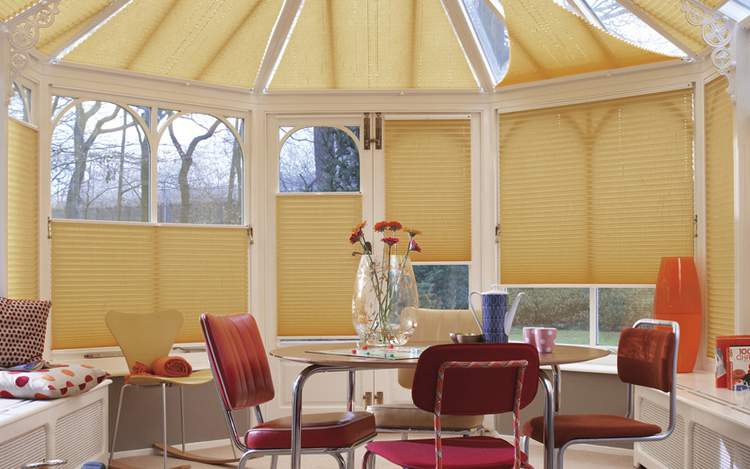Small conservatories need decorating in a style that delivers comfort without cluttering an already limited space. Keep the scale of furniture such as chairs, desks and tables in proportion (conservatories can become dumping grounds for furniture that doesn’t work in other rooms, whether suitable for the conservatory or not). If you are creating a cosy reading nook then one oversized chair and shelves can work well, but a playroom needs floor space so neat furniture works best. Make sure you don’t overcrowd your space so that it becomes difficult to negotiate; it’s the guaranteed way to create a room no one ever enters.
Lean to conservatories are often used in the ‘side return’ spaces in period houses (a narrow length often found in Victorian houses that runs by the side of a back room). They can connect one room to another so need to have a clear flow through them without feeling like just a walkway. Try zoning the seating or dining areas with rugs, and place chairs in a conversation grouping to create a focus inward. (If you are thinking of claiming back this space, check the UK guidelines which shows just how much you can build without getting tangled in red tape).
Large conservatories can feel echo-y and cold in winter and the heat and sunlight can be hard to manage come the summer months. Window coverings can be created to accommodate both extremes, as well as help manage any attendant heating or cooling bills. If there is the space, conservatories can make a great combined family room for playing and Friday night films. However, the large amount of glass can make these rooms feel chilly even if the ambient temperature is comfortable; to address this a combination of blinds for light management and curtains to soften the edges can work well. And don’t forget to ensure you have enough lamps to draw the focus into the room, on side tables or as standard lamps. Instant cosy.

